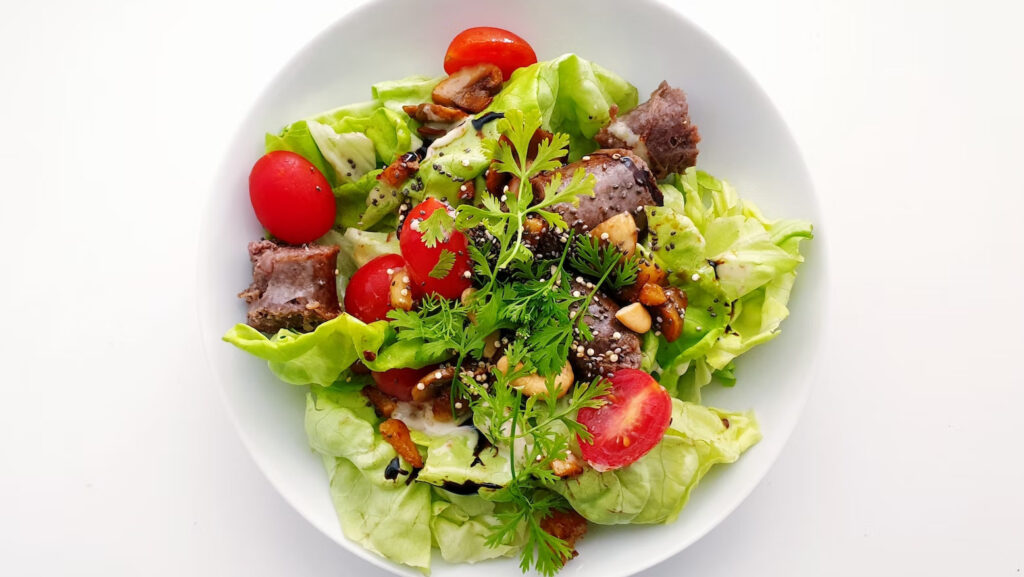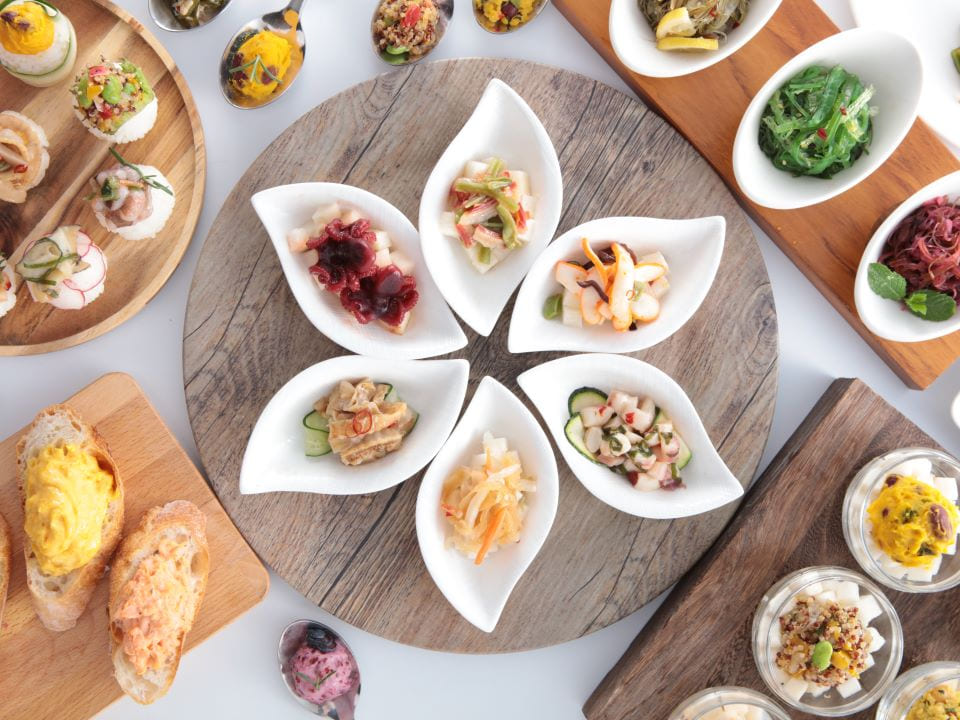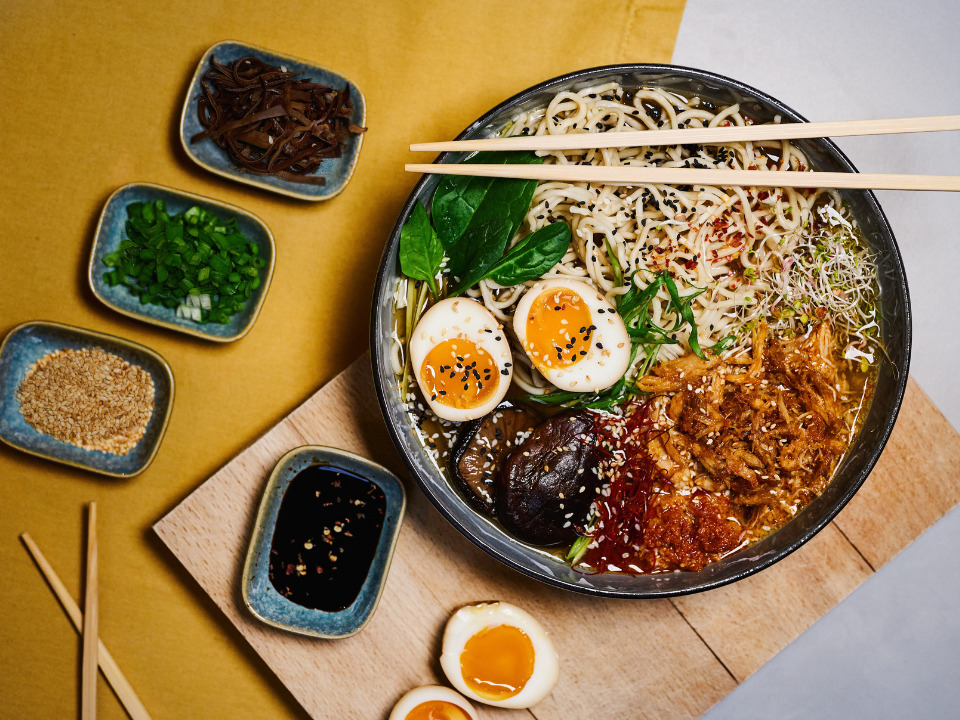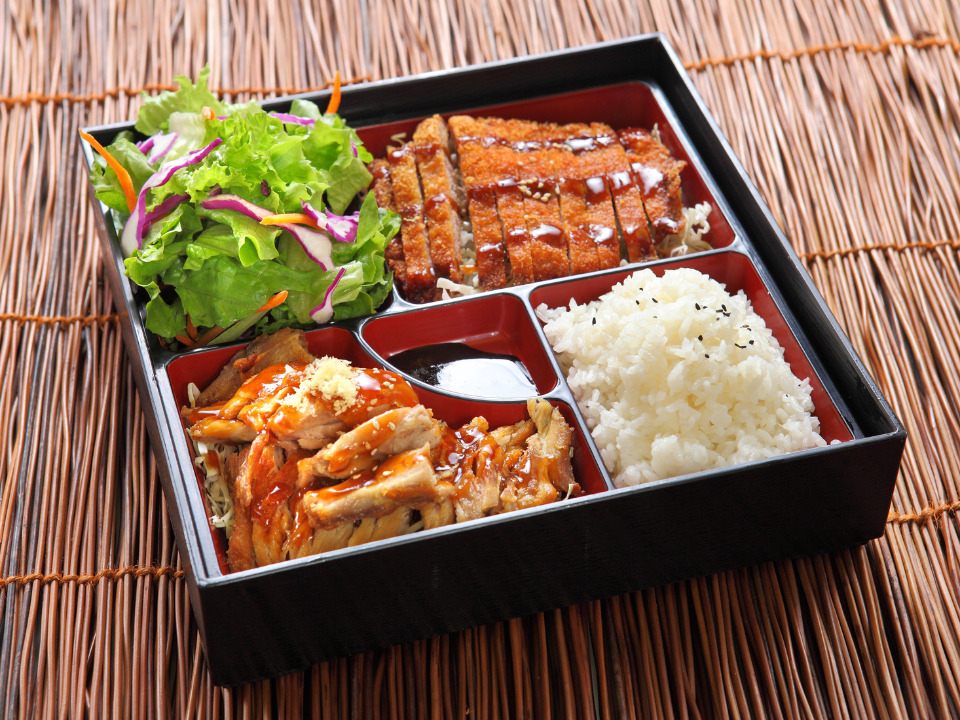
Vegetarian eating habits were mostly based on religious beliefs 20 years ago. In recent years, vegetarianism has become a health and environmental protection issue that people have begun to pay attention to. More and more people are turning to vegetarian eating patterns. At the same time, because the public is beginning to realize the benefits of vegetarianism and hope to change their eating habits, vegetarian chain restaurants and vegetarian brand restaurants have also begun to appear in the market.
內容目錄
ToggleHow does a vegetarian brand start a business? 6 steps to complete the pre-work for opening a store
Vegetarian food has always been regarded as a niche market in the catering market, and the way of starting a business is actually different from the difficulty of opening a general catering store. Vegetarian entrepreneurship requires complete planning, innovative thinking and management skills. However, with the continuous growth and development of the vegetarian market, there is an opportunity to succeed and expand operations. Here are 6 steps to complete the preparations before opening a store and establishing a brand.
1. Determine the vegetarian target market and the positioning of vegetarian restaurants
First of all, it is necessary to determine which age group and business hours the vegetarian business is catering to. Is it fast food service or a restaurant-style dining experience? Who are you targeting, such as vegetarians, environmentalists, health seekers, etc.?
Light food, breakfast, lunch and dinner, and light meals; determining the positioning of the restaurant brand can allow you to better design the expected products and services in the early stage.
(You may also want to know:[4 Key Analyses of Vegetarian Trends] Learn about Taiwan's vegetarian population that help you master the vegetarian market)
2. Research the Vegetarian Market and Competitors
Before starting a vegan business, adequate market research and competitor analysis is required. Understand current market needs and trends for vegan food, determine how future vegan products and services will differentiate from competitor brands, identify unique advantages orUnique selling point.
3. Develop a vegetarian menu

Developing a vegetarian menu is a very important step in the process. It is necessary to design a variety of delicious vegetarian meals to ensure that the meals can meet the tastes and dietary needs of different people. In addition, the selection of raw materials is more difficult than other restaurants in terms of vegetarian catering industry. You can consider using local and organic ingredients, or chooseFormed Vegetarian Ingredients, the meal delivery speed will be faster.
For example: fast food-style meal ingredients can be dairy-free, veganWigan Generation Burger(Breakfast meal), rich in protein ingredients, meets daily nutritional needs.
4. Find a suitable shop and business venue
Finding a suitable place to open a store is the second most important step in the process of starting a vegetarian business. Factors such as the location, size, and rent of the venue need to be considered to ensure that the venue meets the needs and budget. In addition, the target age group and target audience you set must also be considered. For example, if you want to do business with office workers aged 24 to 50, it is recommended to Choose the gathering place of office buildings as the business base.
5. Design vegetarian branding and decoration
Designing an attractive brand and décor can help attract more consumers. Make sure the vegan branding and decor fits with the target market and positioning, creating a unique vibe and style.
6. Staff recruitment and training
Before opening, staff needs to be recruited and trained, whether front-of-house or back-office, to confirm that they can provide service and support the vegan brand and positioning. Make sure that employees have sufficient knowledge about vegetarian and green lifestyles.
How do vegetarian chain brands choose their ingredients?

Vegetarian ingredients are usually plant-based, such as: soybeans, wheat, pea protein, vegetables, etc. These ingredients usually have good nutritional value, containing protein, carbohydrates, dietary fiber, vitamins and minerals.
When choosing ingredients, usually focus on the following 4 points:
- Nutritional value: Choose ingredients rich in protein, vitamins and minerals to ensure the nutritional value of the product.
- Sustainability: Choose sustainable ingredients, such as organically grown vegetables, soybeans that do not contain genetically modified ingredients, etc., to ensure that the products are environmentally friendly.
- Taste and texture: Select ingredients with good taste and texture to ensure that the product tastes and textures to the taste of the consumer.
Food safety: Select qualified ingredients to ensure the food safety of the product. For example: have passedsgspreservatives, microbiological testingQuinoa Risotto with Golden Pine Nuts.

The selection of ingredients for vegetarian brands is very cautious, paying more attention to the nutritional value and environmental protection of food, and at the same time ensuring the taste and quality of food, so as to provide consumers with healthy and delicious vegetarian products.
Vegetarian Chain Entrepreneurship: Starting from Lanyang Foods, building a raw material supply chain for vegetarian entrepreneurship
Lanyang Foods has related vegetarian product lines for Chinese, Western, Thai and other exotic vegetarian foods. The golden pine nut quinoa stew uses SGS certified vegetarian raw materials, so that consumers and manufacturers can enjoy delicious and healthy vegetarian food with peace of mind. Thai hot and sour mushroom soup is one of the classic products of Lanyang Foods, which guarantees the quality and health value of the ingredients.
Lanyang Food insists on adopting SGS inspection and certification of vegetarian raw materials to ensure the quality, health and sustainability of vegetarian products. We believe that only through such choices can we truly make vegetarian food a healthy, delicious choice and contribute to our planet and future.










